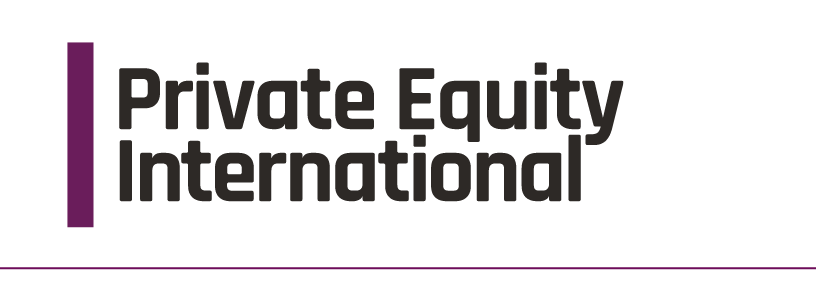
Home Performance
Performance
Drivers include increasing competition and record high dry powder, according to a report by the Swiss bank obtained by PEI.
In the week that it cemented its position as the preeminent technology-focused private equity investor, we revisit a 2010 conversation with co-founder Jim Davidson charting the firm’s meteoric early rise.
Nearly eight in 10 limited partners and consultants recalculate fund managers’ track records during due diligence, according to a new survey.
The pension plan expects that the mining process, which begun in August and is being overseen by an external auditor, will be completed by June.
The firm's overall revenues grew by more than €325m in 2016 but it forecasts below average private equity returns in 2017.
The Canadian pension fund successfully sold several portfolio companies to private equity firms last year.
INPRS’s current fiscal year ending 30 June 2017 is its first since naming a new CIO in July.
Advent International and Bain Capital have teamed up for the eighth time. Is the club deal back?
The C$270bn Canadian pension and insurance asset manager’s net private equity assets also rose 16% from 2015 to 2016.
The use of credit facilities to delay capital calls is now widespread. What is at risk?













